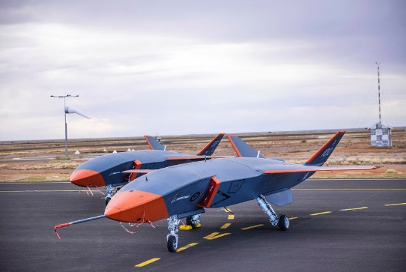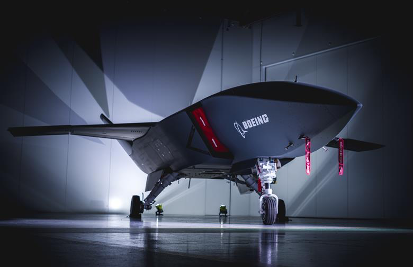Department of Defence - Civilian Engineer Development Program (Navy)
Mitchell
This is a typical day for an Industry rotation supporting a Defence test and evaluation project. My role was part of a young team of engineers recently finishing their graduate programs and beginning their journeys as systems/test and evaluation engineers. This program has developed my skillset so I was easily placed in this team.
5.00 AM
In the desert, days start early. 5.00 am wakeup for a 5.30 am start on the testing range; especially for a day consisting of 2 flight tests.
5.30 AM
Test brief to go through who is manning which station during each test, the expected testing schedule and any adverse conditions that may impact our testing. Following the brief, everyone goes their separate ways with myself in charge of starting up the remote communications to the aircraft and ensuring we have a strong link to control the aircraft if any issues arise.


7.00 AM
We are a go! By this time the aircraft is at the end of the runway with the pilots going through their pre-flight checks and monitoring the flying conditions. From here I await any instructions to check signal strength and communicate this back to the test pilots. Once all checks are done its time to fly. During the flights, we are continuously monitoring the data we are receiving and live streaming it to the applicable SME parties in real time.
8.30 AM
Flight is over and jet is back in the hangar. At this time we are responsible for collecting on board data from the aircraft, processing and sending it to the SME’s not on site. After data retrieval, time for lunch, catching up on emails missed during the morning period and prepping for the second flight test for the day.
11.00 AM
After the jet is checked over, refuelled and data wiped we are ready for test 2. Exact repeat of the 7.00 a, procedure, we are manning our stations and ready to fly!
12.30 PM
Flight is over and repeat the data extraction and processing. After this we await the days testing debrief and plan for the following day. This usually occurs around 2.00 pm which means any downtime is spent writing scripts and troubleshooting current functions to better process, analyse and display the data in which we have received.
4.00 PM
We are done for the day, from here it’s a 10 minute drive to the accommodation and because we are located remotely the people you work with are the people you travel with and the people you eat, drink and socialise with. From here I personally go to the gym for a quick 45 minute to an hour workout and walk to the local hotel for dinner at 6.00 pm.
8.00 PM
From here it’s a quick shower, wind down, make lunch for the next day and get to sleep because for testing days we need to be onsite at 5.30 am and non-testing days, onsite at 7.30 am.
This is a typical testing day while deployed, usually 6 days a week and when returning to your home you are compensated with time off from work and the weeks following are all dedicated to planning the next deployment.